Electoral law and the electoral system are of paramount importance in the political development of society. These are the channels through which the process of forming the entire structure of representative power is going on - from the President to municipal self-government bodies. The citizens of the country have political rights. They allow you to participate in the development of the state. The realization of this opportunity is carried out through elections. Next, we consider in more detail the main types of electoral systems. The article will describe the main features of the domestic electoral structure.
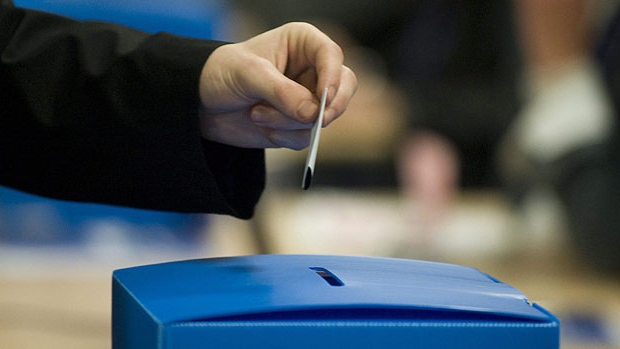
General information
What are suffrage and the electoral system? The first acts as a complex of constitutional norms. It provides regulation of social relations that take shape when choosing the President and deputies of representative bodies, both federal and local.
The electoral system of Russia is a certain order in accordance with which the formation of institutions of power is carried out. Elections are held in accordance with federal laws and regulations. representative bodies state power of subjects. When defining the concept of an electoral system, it is necessary to take into account the specifics of constitutional possibilities that come directly from the Basic Law. It consists in the fact that, being realized in a certain interaction, they do not stop and do not appear again. The electoral system of Russia provides for the same opportunity in terms of content and volume for all citizens.
General classification
Before considering the domestic electoral structure, the main types of electoral systems should be described. In different countries, one or another method of forming government bodies is used. In some states, certain types of electoral systems are partially represented. This is mainly due to the existing state regime and the specifics of legislation. The most common is the one in which the outcome depends on the choice of the majority. This is a majoritarian electoral system. It is considered the only possible one when choosing one official (governor, president and others).
If the majority electoral system is used in the formation of a collegial body, for example, a parliamentary chamber, then, as a rule, single-member constituencies are created. In each of them, one deputy must be elected. There is also a proportional electoral system. Its main idea is that each party has a certain number of mandates in parliament or another representative body. It should be proportional to the number of votes cast in the election for its candidates. Semi-proportional representation involves the use of a "limited vote." At the same time, voting is carried out not for the established number of candidates from the district, but for a smaller one. It combines the types of electoral systems that are based on the majority, but at the same time provide some opportunities for the minority. Also in elective practice another category is used. The mixed electoral system is used in cases where there are several different forms of representation in one chamber. Elections can also be held on the basis of a single transmitted voice.
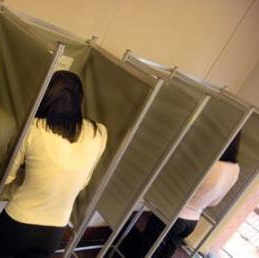
Majority vote
Majority system considered the simplest. It is distinguished by its effectiveness.The only case where the result may be absent becomes the same largest number of votes between candidates. However, in practice this is quite rare. The resolution of the situation is carried out by lot. This system is used in parliamentary elections in the USA, India, Great Britain partially in Russia and Germany. Often this form of election takes place in the formation of municipal authorities. The majority system is applied in both multi- and single-mandate constituencies. The former, however, are rare. In practice, this often happens: the more candidates, the less votes are needed to elect them. When nominating one person, he is considered elected without a vote. In this case, it is enough for at least one person to cast their vote for him, even if he is the candidate himself.
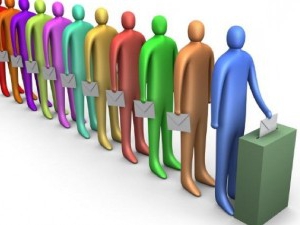
Relative Majority Elections
Such an electoral system is considered unfair to political parties. This is especially true of those that are small and medium in their influence. The mandate is given to the candidate with the relative majority of votes. Moreover, more people could speak out against than for. In this case, they say that he is chosen as an absolute minority.
The bottom line here is that those voices that were against were gone. What is this fraught with? On a statewide scale, this leads to the fact that the party that won the most votes directly receives fewer seats in parliament. This system, however, has supporters. This is due to the fact that, as a rule, it ensures the winning party an absolute, and sometimes a significant majority in the chamber. With mixed and parliamentary systems of government, this allows the formation of a stable government.
Absolute Majority Elections
In this case, the candidate is considered elected if he scored more than half the total number of votes. In this case, the lower threshold for voting is determined. If it is not achieved, then the elections will be declared invalid or invalid. As a rule, the threshold is equal to half of registered voters, but often their number can be even smaller. Despite the fact that this form looks fairer, it has the same defect as that described above. In other words, it is likely that parties with a majority in the country will receive a minority in parliament.
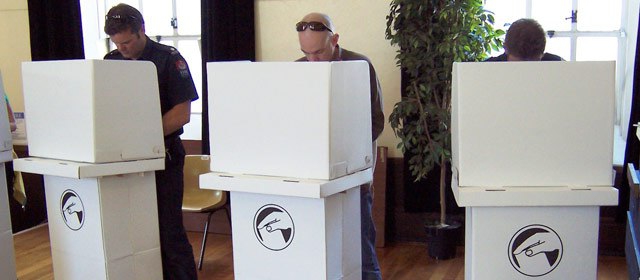
Proportional Electoral System: Deficiencies
The disadvantages of such elections include, first of all, the fact that voting is carried out in multi-member districts, where the lists of candidates from movements and political parties compete. Of these, only a few persons may be known directly to the voter. However, on the other hand, the leadership of a movement or party, along with loud speakers, can lead people unknown to the general public to parliament.
Being professionals in a certain field, they can participate in the development of a law, control over the activities of executive bodies. Another significant drawback of the proportional system is the fact that many small factions can be formed in parliament, which are united around leaders with little influence, but big ambitions. Unable to constructive interaction, they often impede the implementation of certain laws, the adoption of important decisions. This situation is extremely undesirable if the government needs to rely on a majority in parliament.
Advantages
This system makes it possible to obtain the number of seats, which will be proportional to the number of votes of each party. That is why it is considered the fairest than the majority election. With a fairly low quota, parties will also get seats.Voters under this system prefer to vote for those whose position is close to their own, and not for those who have great chances.
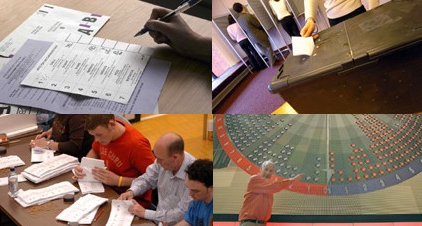
Mandate distribution
It is carried out according to various schemes. The first is to establish an electoral quota. That is, the number of votes is determined, which is necessary for the election of one deputy. The next method is that the number of votes that the party scored is divided by the number of seats it received, plus one. The undistributed balance is transferred to the parties with the highest average votes. However, quite often the distribution system is incomprehensible to poorly informed citizens.
The only transmitted voice
In theory, it is believed that this form is the fairest. It makes it possible to combine personal choice with proportional representation of parties. The spread of this form of election is hindered by some technical difficulty in determining the results. Each party can nominate as many representatives as it sees fit. Independent candidates are allowed. The actions of voters are similar to those under the majority system, providing for alternative voting. That is, opposite the names of the candidates, the person puts the appropriate marks. After determining the total number of valid ballots, an election quota is established.
Candidates who receive it are considered to be selected. Usually they get an excess of quotas, that is, a certain number of votes that they do not need. This amount is given to those who have not received a quota, on the basis of the second preference. In the event that after the distribution of votes there are un elected candidates and unsubstituted mandates, the former shall be excluded from the election. At the same time, the ballots in which they received the first preference are given to others according to the principle of second preference, similar to how it happens with alternative voting.
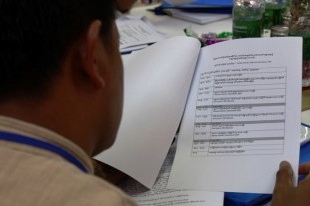
Mixed election system
Its application is due to the desire to combine the virtues of various elective forms. Also, to one degree or another, deficiencies that have the types of electoral systems are compensated or eliminated. In this regard, the formation of the domestic State Duma is characteristic. Half of it is formed by the majority system of representation in the relative majority. The total number of deputies is 450. The second half is elected on the basis of the proportional system in the federal district.
Voting results
In accordance with them, the distribution of mandates. This is done according to the following rules:
- The amount of votes cast in the federal district for lists of candidates from eligible associations for distribution is determined. This result is the first selective private.
- The number of valid votes of each federal list of candidates participating in the distribution is divided into the first private. The whole part of the result is considered the number of mandates. He receives the appropriate list.
- If mandates remain, allocation is repeated. One by one they are transferred to the lists with the largest fractional part. It represents the residue obtained by division. In case of equality, the advantage is given to the list for which more votes were cast, and in case of equality - the one who previously registered.
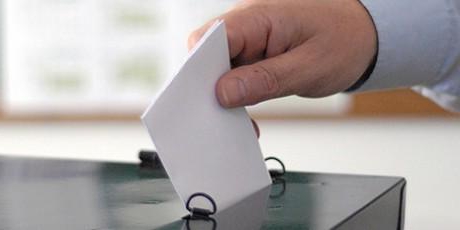
Features of the domestic electoral structure
It should be noted that today in Russia there is a process of formation of a democratic legal system. In this regard, the traditional view of the procedure for the formation of government bodies is considered incomplete and limited. The election system of the Russian Federation is considered by modern experts as an institution of democracy and a method of realizing the political capabilities of citizens.
Free elections are the fundamental position that reflects the essence and depth of the constitutional system in the country. The electoral system of the Russian Federation provides for the proclamation and subsequent legal consolidation of the will of the people. The Constitution (Article 3, Part 1) stipulates that the population of the state is the only source of power and bearer of sovereignty. Moreover, the Basic Law establishes a mechanism through which the will of the people will be realized. The highest manifestation of it are elections and a referendum.
Finally
It is difficult to say for sure which electoral system is better. When applying this or that form of representation and formation of authorities, it is necessary, first of all, to proceed from the peculiarities of the legislative structure. Different types of electoral systems can be used at different levels. Nevertheless, one of the basic principles in the conduct of elections should remain the principle of justice.